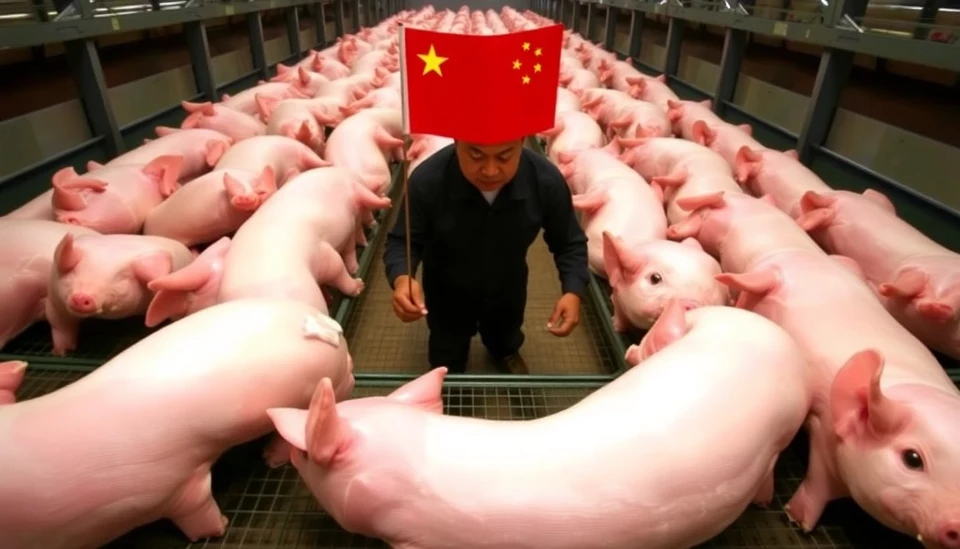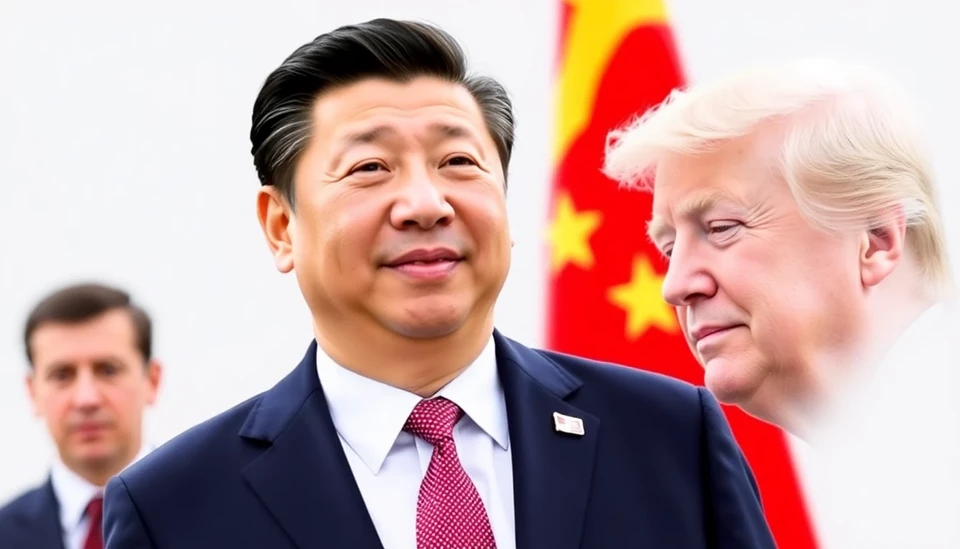
In a decisive response to the latest imposition of tariffs by the United States, China has reaffirmed its commitment to support the yuan, demonstrating its resilience in the face of escalating trade pressures. This strategic move follows the announcement from the U.S. that it is levying new tariffs on a range of Chinese products, which could heighten tensions already fraught in the bilateral economic relationship.
The renewed tariffs are part of an ongoing confrontation that began to intensify several years ago, with the U.S. government labeling China a currency manipulator at one point during the Trump administration. Despite allegations of currency manipulation, Chinese officials maintain that the yuan’s current valuation reflects the market conditions influenced by global economic affairs, and not on any deliberate attempts to skew its value in favor of exports.
As part of its efforts to manage the yuan's stability, China's central bank has instituted measures that aim to bolster the currency amid market fluctuations. Analysts suggest that the central bank's approach may also involve utilizing its foreign reserves strategically to intervene when necessary, especially in response to significant volatility following tariff announcements. The emphasis on maintaining a stable yuan is seen as critical to preserving investor confidence and supporting trade amidst the complexities of international relations.
Soon after the tariff announcement, market reactions indicated immediate pressure on Chinese assets, including the yuan, which saw a slight dip against the dollar. However, government officials expressed optimism, insisting that they possess the tools required to stabilize the situation, regardless of external pressures. This commitment to the yuan can be interpreted as part of a broader strategy to promote domestic economic resilience and counterbalance the adverse effects of U.S. trade policies.
Economists are closely watching how this scenario unfolds, particularly in the context of the upcoming data releases and economic indicators from both nations. The forecasting of these dynamics is fraught with uncertainty, especially as both economies seek to navigate through a complex geopolitical environment marked by trade disputes and protective tariffs.
In summary, China's decision to maintain support for the yuan highlights its strategic stance in the ongoing trade conflict with the United States. While challenges remain, China's approach emphasizes stability and resilience in a fluctuating global landscape.
#China #Yuan #USTariffs #TradeConflict #Economy #GlobalTrade #CentralBank
Author: Daniel Foster




